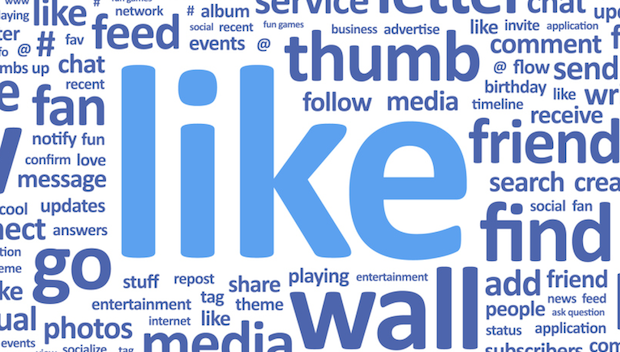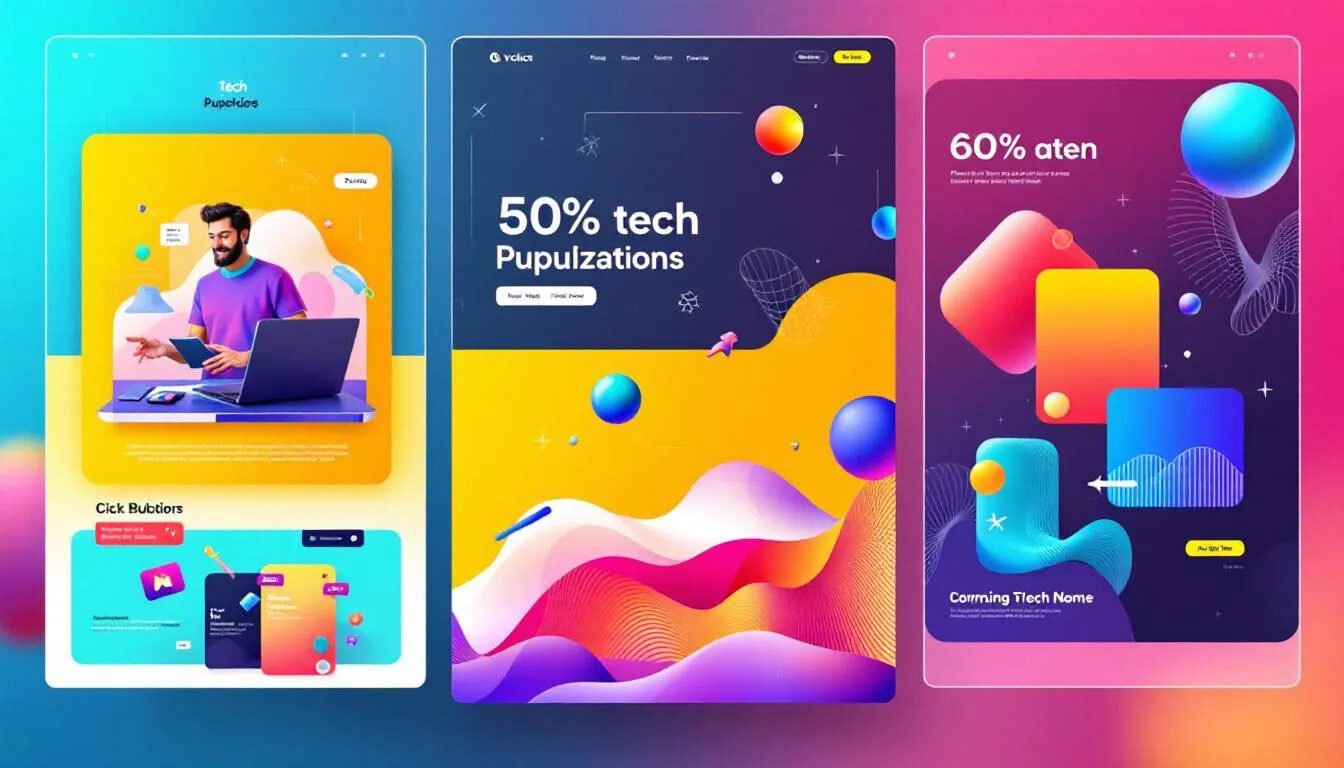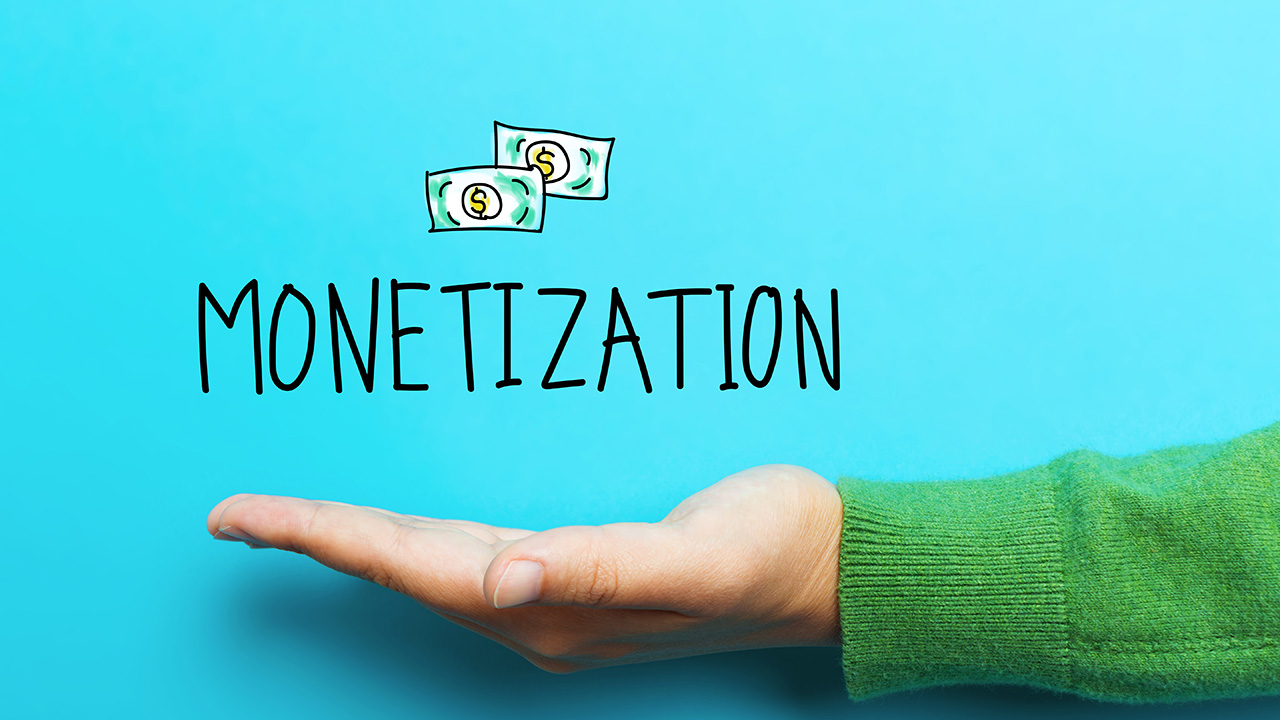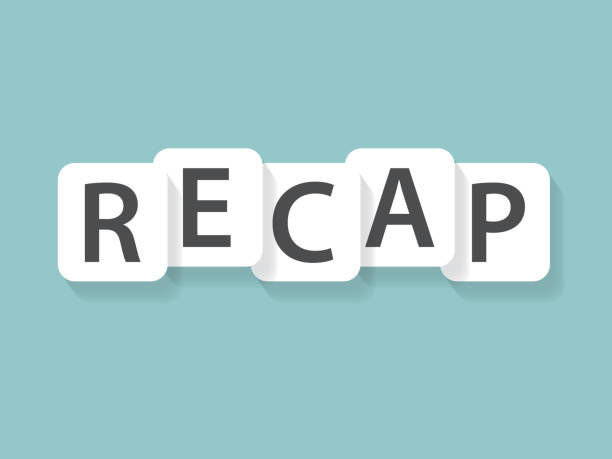
How Your Biz Can Break Through Facebook Clutter

Users and advertisers may like the sleek look and cool new features but the changes and the new layout, in particular, present some sticky challenges for businesses with a smaller reach on the social network, says digital marketer Mana Ionescu, founder and president of Chicago-based digital marketing company Lightspan Digital. Increased clutter and competition for eyeballs and engagement make it harder to get your message heard.
“The hardest thing for businesses right now is that there’s so much ad competition and so much noise on any user’s wall that it’s getting harder and harder to break through that clutter and stand out as a business page,” Ionescu said. Business pages—where you post updates and respond to customer questions—now compete for fans’ attention with friends’ posts and a wide array of ads, both in-stream and in the sidebar, as well as “promoted” posts and pages that take up prime real estate, showing up on the top third of a user’s page.
“Mathematically speaking, if we look at a Facebook user’s wall, there are only so many inches of space, kind of like in a newspaper. There’s only so much room for content to show,” says Ionescu. And the combination of posts from friends and family mingled with promoted posts means that organic content from business pages is getting viewed much less frequently since it’s typically relegated to the bottom of the page where fewer Facebook users bother to look.
“All businesses are struggling with this now on Facebook,” searching for ways to make their content organically visible, Ionescu said.
Thankfully, there are two relatively easy solutions.
The first won’t cost a penny but is more challenging: getting more likes, both on your business page and for individual posts, and more participation in the form of comments. Ionescu recommends asking employees, co-workers, family members and friends to ‘like’ and comment on posts, which will push them up higher on your customers’ walls and makes you more visible. (Sharing great content doesn’t hurt either, as it naturally stirs up conversation and makes people more likely to share the post, whether they were asked to or not.)
The second solution is to simply budget a modest amount for ads and promoted posts. Because the top third of a user’s news stream is taken up by ads, running ads will allow small business owners to show up in that section of the page.
Promoted Page Likes, a service that launched on May 13th, allows businesses to place ads with links encouraging people to hit ‘like.’ The ads show up on the right sidebar, or directly in customers’ news feeds, often pointing out which of their friends ‘liked’ a specific business, providing a social aspect to the ad and making it very easy for readers to hit the ‘like’ themselves. The image, banner or logo you set for your business’ Facebook page shows up on the stream, and you can determine whether or not the ad should be shown in a specific geographic location. In addition, it’s easy to set a daily budget and track the impact your ad has.
By closely monitoring analytics for a variety of clients, Lightspan Digital has found that the cost-per-like using these ads is lower (as low as 10 cents) than “sponsored stories,” which will increase views for a specific post for a $6.99 fee.
It may be tempting to try to carve out a large ad budget, but if you’re not regularly changing your ads—or if you have a limited reach—your potential fans may grow tired of seeing the same ads time and time again. And at present Facebook does not allow advertisers to select how often each ad is shown to each Facebook member. However, the Facebook ad center makes it clear what kind of reach to expect, depending on how you select your targets, so setting a budget smartly (as opposed to sinking a lot of money into a small audience) is doable.
“Most small businesses don’t spend that much money because they don’t need to,” Ionescu says. “Even a small budget of $100 or $150 a month over the course of the year can make a huge difference.”
After a year, when your business has higher engagement (more fans, likes and comments) and shows up regularly in your audience’s feed organically, you can reassess your advertising budget. But if you’re starting out or trying to reach that critical mass, it’s important to give yourself a chance to rise above the noise.
This post was contributed by guest author Yael Grauer. Grauer is a Minneapolis-based freelance writer and editor. Find her online at Yaelwrites.com.
© 2013 – 2018, Contributing Author. All rights reserved.



